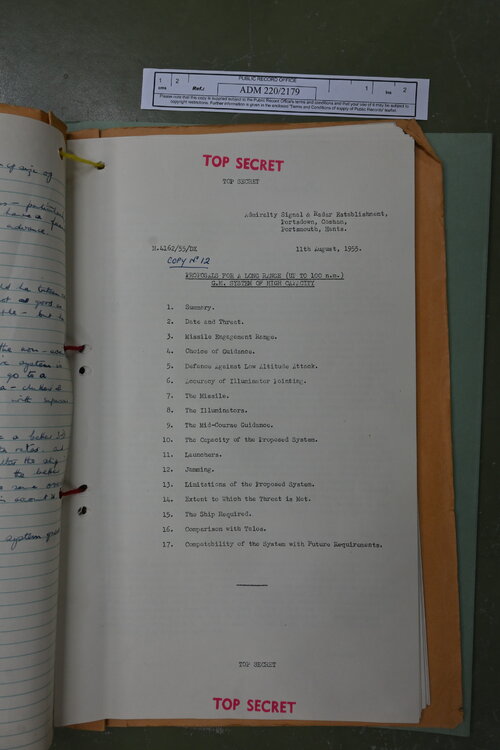- Joined
- 1 February 2011
- Messages
- 2,915
- Reaction score
- 3,532
Problem is, it is an IRBM not SRBM
Though Redstone too was long (21meters) Blue Streak was longer with 24meters, but this Black Knight with it's 11,6meters is quite good for a shipborn weapon much closer to the size of the Polaris A1.
Hmm.. 6 missiles on 3 types of hulls (173, 190 209 meters) or 4 missiles on 167 meters each with it's own launcher. Horizontally stored, even the longer Blue Streak could be accommodated on these hulls, say 30m for each missile storage and launcher, 3 per side seems quite reasonable for these hulls
Though Redstone too was long (21meters) Blue Streak was longer with 24meters, but this Black Knight with it's 11,6meters is quite good for a shipborn weapon much closer to the size of the Polaris A1.
Hmm.. 6 missiles on 3 types of hulls (173, 190 209 meters) or 4 missiles on 167 meters each with it's own launcher. Horizontally stored, even the longer Blue Streak could be accommodated on these hulls, say 30m for each missile storage and launcher, 3 per side seems quite reasonable for these hulls
Last edited:














